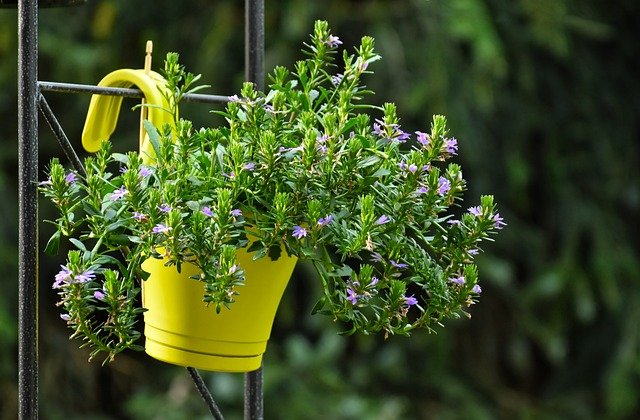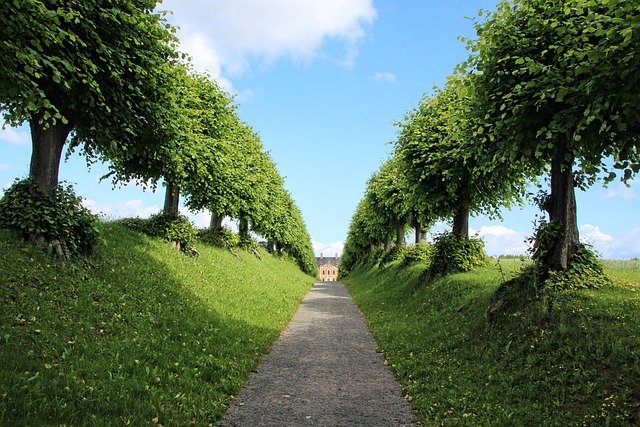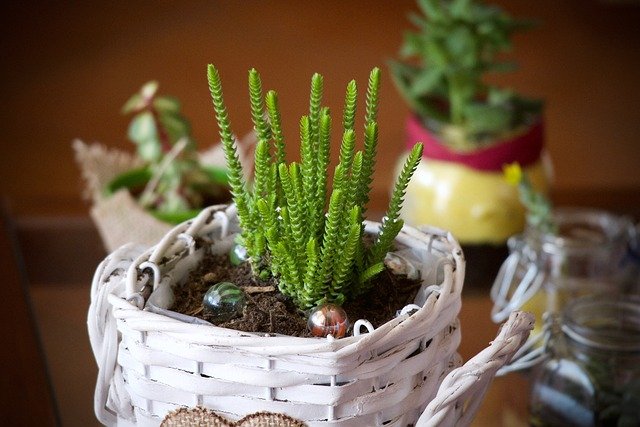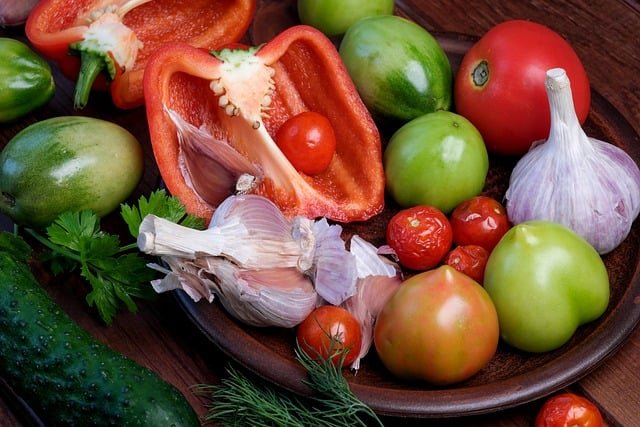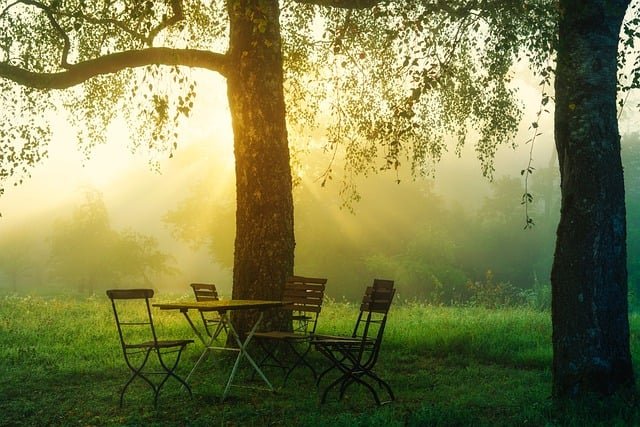California Poppy Day – here’s how to cultivate these delightful perennials in your backyard
The California poppy is the state flower of California, flourishing vigorously in its native zone, flowering in summer, and returning annually in zones 6 through 10. These golden flowers also appear in red, pink, and white, thriving well in the ground or containers. These plants prefer full sun and alluvial, well-drained soil. They don’t require fertilizer and are drought-tolerant. However, they will go quiescent in excessive temperatures. Indigenous tribes historically used this plant for sustenance, oil, and medicinal purposes.

This gold-orange flower has become a symbol of the Golden State of California, where swathes of the gorgeous flower can be seen on the state’s undulating slopes during spring. It’s the ideal vibrant addition to wildflower gardens, as well as a staple for California native planting. What’s more, these special blossoms open when the sun beams and close as it gets dimmer.
These endearing, vibrant flowers are extremely simple to grow at home and we’ve asked experts how to do it successfully.
How To Grow California Poppies
Sow these vibrant blossoms to lend a touch of California to your yard. We’ve asked experts how to best grow California poppies and keep them bursting with color for longer.
SOW CALIFORNIA POPPY SEEDS OUTDOORS
California poppy
When preparing your seed sowing schedule, you may be deciding whether to sow seeds outdoors or sow seeds indoors. Sowing indoors can be beneficial for some plants, particularly those that will benefit from the extra warmth. However, electing to distribute outdoors may be the best option for California poppies.
‘Due to their dust-like size, it’s simplest to disperse poppies directly outdoors when the weather is most amenable to sowing resilient annuals – meaning, chilly temperatures what will help cold stratify the seed,’ says Meredith Bishop, sustainable flower cultivator and proprietor of Bloom and Bounty.
‘An additional reason for sowing outdoors is that poppies develop a long taproot and resent being transplanted,’ she adds.
It will be hard to transplant California poppies if seeded indoors, so seeding directly outdoors when temperatures are still mild can be the most convenient for these flowers. You can still use DIY seed containers outdoors if you prefer, using things like eggshells or biodegradable pots, like these biodegradable seedling planters from Amazon, that can be planted directly into the earth.
SOW CALIFORNIA POPPIES IN FALL OR EARLY SPRING
California poppies
As previously mentioned, it’s best to distribute your California poppy seeds when temperatures are still mild and the ground is practical.
‘Seeds should be seeded in late autumn, while the ground can still be worked, and left to overwinter. Alternatively, sow them in early spring, from late January to early March, while there are still adequate periods of frigid weather on the horizon,’ says Meredith.
Cooler temperatures are a necessity for seed stratification to take place, where seeds are exposed to cold to promote germination when temperatures start to increase.
Sowing California poppy seeds before it gets too heated or damp will understandably help them to germinate successfully in spring.
GROW CALIFORNIA POPPIES IN FULL-SUN
‘Like most striking blooms, these poppies perform best in full-sun,’ says Meredith. Native to the Golden State, it’s no surprise that these golden blossoms flourish in sunny areas.
California poppies are among the finest drought-tolerant floral perennials and can withstand six to eight hours of exposure to direct sunlight. You also don’t need to bother about hydrating them too often.
‘Poppies can fare just fine with typical spring rainfall and usually do not require any additional irrigation. However, in cases of unusual spring dearth, a weekly thorough irrigation will help them flourish,’ says Meredith.
You might elect to cultivate your California poppies in a raised container to help aid drainage and ensure they don’t languish in waterlogged soil.

California Poppy Care
Here are the primary care requirements for cultivating a California poppy:
Grow in broad sun with at least six hours of sunlight; more is preferable.
Plant in alluvial, well-drained soil; does not require fertilizer or enriched soil.
Water intermittently; only needs periodic water.
Goes quiescent in excessive heat but may rebloom once temperatures calm down.
Deadhead for more blooms or leave heads on for reseeding for the next growing season.
Light
California poppies thrive and flourish best in full exposure, meaning at least six hours of direct sunlight on most days. The more sunlight, the better. Poppies grown in shaded conditions often appear unkempt and readily succumb to diseases.
Soil
Many blossoms need fertile, loamy soil, but California poppies can flourish in impoverished soils. Sandy and stony soils both provide appropriate conditions for California poppies. Heavy silt soil doesn’t work because these plants need acute soil drainage. Try planting in a raised garden plot or container if you have clay soil.
Water
California poppies require very little water and are excellent candidates for drought-tolerant xeriscapes. Sporadic spring rainfall is usually adequate to irrigate the vegetation. In areas with sweltering summers, the plants will often go dormant and need no additional irrigation during this time.
Temperature and Humidity
The warming of the soil in the spring, combined with precipitation from the spring rain, will initiate the germination of California poppy seeds. California poppies will continue to grow as long as temperatures remain moderate, between 50 and 75 degrees Fahrenheit. Excessive humidity can induce dormancy.
However, when mild temperatures return, the plants often will regenerate and even rebloom. Moreover, California poppies prefer low to moderate humidity levels. In high humidity, adequate soil drainage and ventilation around the plants are essential for them to remain healthy.
Fertilizer
No fertilizer is necessary to effectively cultivate California poppies, even in areas with nutrient-poor soil. Adding chemical fertilizers can cause surplus foliage growth at the expense of blossoms.
Potting and Repotting California Poppies
California poppies do not transplant well. They do not like their roots disturbed. If growing in a container, get a medium or large container with ample drainage openings for excellent drainage. If maintained in containers, water more frequently than in-ground plants, at least every other day.
Plants cultivated in containers are typically short-lived and often regarded as annuals. Many gardeners prefer to remove them after they bloom and sow new seedlings the following growing season.
Overwintering
California poppies can withstand temperatures down to 20 F. In milder zones, they will undergo dormancy in the winter. You can prune down the vegetation to the base or leave them as is. Mulch the ground above the roots for extra winter protection. For plants in milder zones, mulch may prevent the plants from going dormant.
Otherwise, the chilly weather is beneficial for the cold stratification of seeds that were released by blossom heads earlier in the growing season for the next crop of plants in the spring.
Common Plant Diseases
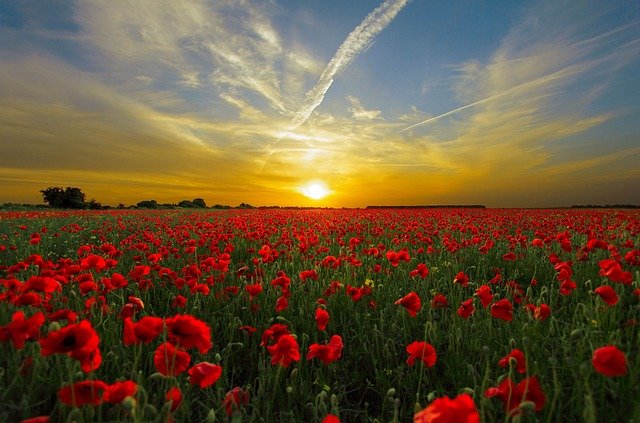
California poppies are typically robust plants, but they are prone to maladies when grown in an environment that experiences excessive moisture. Mold, mildew, and stem decay can occur in plants thriving in damp areas.
Although you can address plants with fungicides, the best option is rectifying the environment. Ensure that your poppies are in full sun and well-draining soil to prevent them from being waterlogged.
How to Get California Poppies to Bloom
California poppies are prolific bloomers, requiring full sun to blossom well. They will usually bloom after 60 to 90 days from seedlings sown in the spring.
Bloom Months
California poppies can bloom anywhere from mid-March to early May, depending on the climate.
How Long Do California Poppies Bloom?
California poppies usually blossom from spring to early summer until peak heat sends them into dormancy. In milder summer regions, they may flourish most of the summer.
What Do California Poppy Flowers Look and Smell Like?
The cheerful flowers seem to rise up overnight, blanketing large areas with their brilliant, silken petals and blue-green, fern-like foliage. The cups of California poppies are typically a yellow-orange gold color, often with a darker orange center. Its blossoms can also appear in red, pink, and white. California poppy flowers do not have much of a fragrance.
How to Encourage More Blooms
To encourage more blossoms, deadhead the flowers once they diminish. You can also cut down the stems to the ground if the plant enters summer dormancy. It may stimulate the plant to promote more growth as soon as the weather cools in the late summer or early autumn.
Deadheading Flowers
Deadheading (removing the faded blossoms) can promote additional flowering. Also, deadheading will prevent the flowers from self-seeding, if desired.
Common Problems With California Poppies
California poppies are simple to maintain. The key is providing them with thriving conditions that replicate their native habitat. Their native habitat is the Pacific Coast from Baja California to western Oregon.
Floppy Stems
Overly-wet soil can cause mildew and fungi to develop. Keep the plants in broad sun and well-draining soil.
Wilting, Yellowing, or Browning
Insufficient water will cause leaf wilt, discoloration, browning, or leaf drop. Water profoundly every few days. Do not give frequent light water.
Once temperatures crest, reaching the 90s for extended periods, the vegetation will naturally fall back due to the heat. This condition is normal; they usually return once the climate cools. During dormancy, they will not require any additional care until they return.
FAQ
How Do You Extend The Vase Life Of California Poppies?
California poppies are extremely simple to grow in your backyard for cut flowers, and you can extend the receptacle life of your California poppies to appreciate them for longer.
‘Poppies are stunning but temperamental as cut flowers and often wilt rapidly. A pro-tip for prolonging vessel life is to sear the cut end with an open flame for five seconds before inserting them into cold water,’ says Meredith Bishop, sustainable flower cultivator and proprietor of Bloom and Bounty.
This can help encourage water assimilation and revive your poppies if they are looking drooping.

